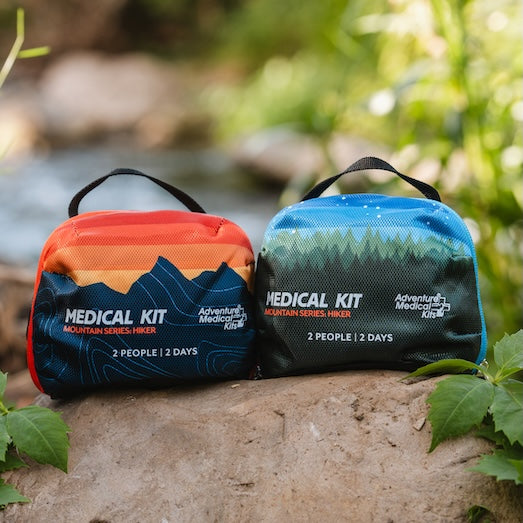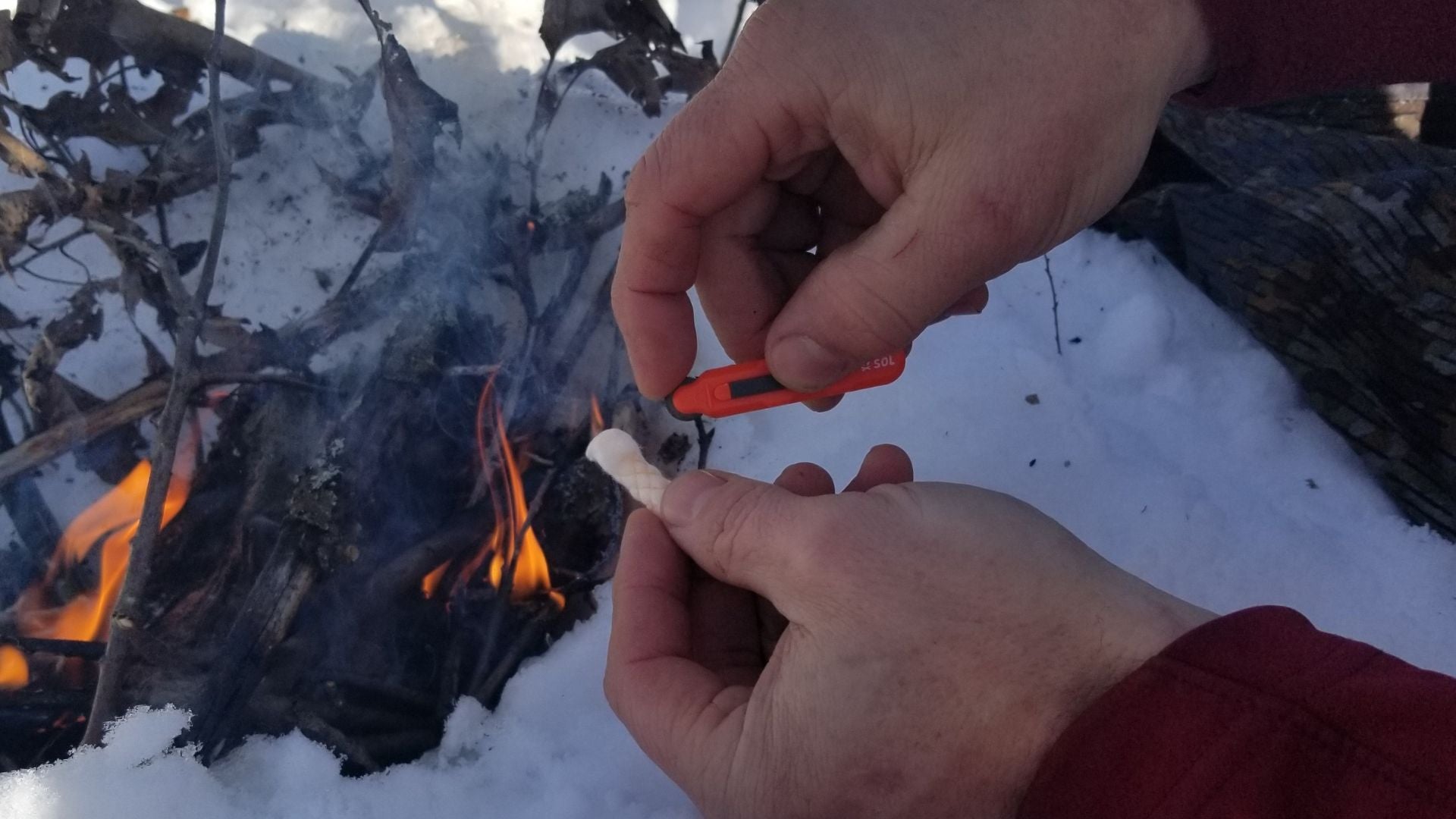It is important to carry a backpack when snowmobiling to be prepared especially in the case of an unfortunate event. In the She Shreds Mountain Adventures backcountry survival lessons, I always make sure to go over what everyone in the group has in their pack before we head out on an adventure, to make sure we are prepared for anything. I highly suggest doing this with your buddies that you regularly ride with.
“You’re out there on your own far from civilization, be the most prepared you can be!”
– Julie-Anne Chapman
- Full first aid kit – Adventure Medical Kits make amazing pre-packaged kits that you can add your own goodies to. Its suggested to carry everything from band aids, antiseptic wipes, compress dressings, splints, gauze, triangular bandages, trauma/accident report sheets, etc, etc. Make sure to keep all of this in a water resistant bag. And it wouldn’t hurt to take a first aid course so you know how to mend someone. The last thing they want is you trying to splint a broken bone if you don’t know how. You ask why would someone even attempt to touch someone with a broken limb? Well, because lets say you are very far from the trucks, you would want to make the limb immobile (make it the most comfy you can) for their ride down. You’re out there on your own far from civilization, be the most prepared you can be.
- The pack itself – 18L (Highmark by Snowpulse avalanche pack recommended). I rock the Ridge 3.0 vest. You want to be careful how much weight you carry on your back. The Ski Doo LinQ bags are amazing to carry all the extra stuff you dont want on our back.
- inReach Explorer and Sat phone – Two way communication SOS device that relates on iridium satellites. Incase you need a helicopter for a big bobo, or text your lover at home (when you’re out of cell range) to get dinner started, these little gems of devices are awesome. The inReach tracks you wherever you are in the world, allows you to communicate with people via text and email even when you are out of cell phone range, and if you call for SOS, your GPS coordinates are dispatched to the closest search and rescue in the surrounding area. The sat phone allows you to have a direct conversation if you need to request rescue gear brought to the scene.
- 40-100+ft rope & carabineers – For rescues if someone goes off trail.
- Shovel & probe & transceiver – Wear the transceiver on your body, not in the pack.
- Snowmobile tools – Hose clamps, spare break leaver, shock pump, basic kit with wrenches, sockets, screwdrivers, zip ties, duct & electrical tape!
- Survival kit – All hell breaks loose. You have to stay the night in the backcountry. Survive Outdoors Longer make perfect survival kits to suit your every needs. Pack extra warm clothes/gloves, a tampon (to dip in your gas tank to ignite a fire), water resistant/strike anywhere matches, flint, wood carving tool (knife), compass, mini fishing kit, whistle, flare, bivvy sack… And make sure to keep all of this is a water resistant bag.
- Two way radios – For when you’re deep in the trees or over in the next drainage and you can’t find your buddy.
- VHF Radio – To communicate with outside world to assist with things such as heli a evacuation
- Mouth guard – For when I like to think I’m going so big that I need one.
- Snow science tools – Snow saw, ruler, inclinometer, aluminum crystal card, thermometer, 10x loupe, field book (I call it my old lady diary, it’s the only book I write daily logs in). Always good to do your own research on what the snow is doing. Once you are comfortable using your transceiver, I suggest taking an avalanche course that touches on snow studies/science. A course that will help you understand why avalanches happen. Doing a multiple day backcountry trip and don’t have access to the avy reports for days? It’s a must to have these tools to observe what the snow is doing over such a period of time.
- Extra food and water – High calorie food, energy blocks
- A wood saw – It’s so much easier to saw a branch off than to flip a 500lb machine that is all tangled in branches.
- Head lamp – I’ve seen people smash their lights out on a tree and have to sled out in the dark with only their head lamp shining the way. Frankensled makes a great helmet lamp that attaches with a GoPro mount.
- Extra goggles/lenses – The worst is when your goggles are all fogged up and you can’t see where you’re going.
- Extra fuel – Going on a long haul? Pack a jerry on your tunnel.
- An extra belt for the sled
- One last thing – Always find out if there is a safety cache near by with spine boards, etc. or a cabin you can make yourself a warm fire in.














